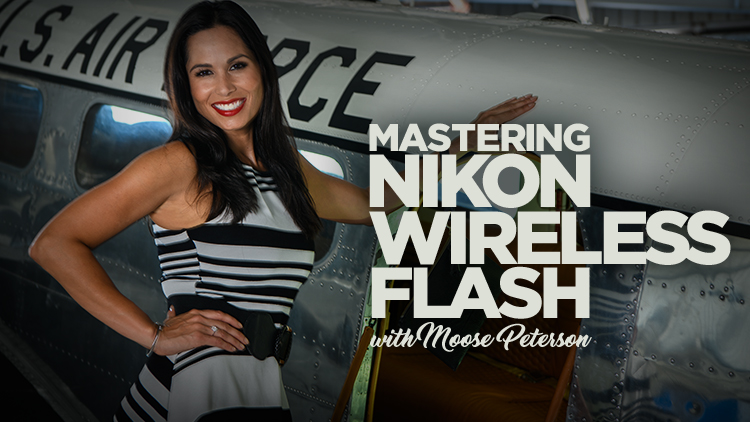There are many ways to set up a successful photo shoot. Some are obviously more effective than others, depending on what you focus on. The part I really love is the production prior to the shoot itself.
To understand where I’m coming from, you should know that I currently run my own Real Estate Photography business in Southern California. Agents all over southern California use my services for their listings. One of the many things that have helped me with my business being successful is my focus on time management and always being ready for my shoots.
These tips can easily be used for studio photography, family portraits, or other photographic pursuits. In fact, you can use these techniques for pretty much anything you want to do. As I perform a lot of different styles of photography, compositing has become one of many that I just love to do. To make sure I always have the time for this, I ensure that I’ve collected all the info I’ll need to establish the shoot. After that, the process of creating the photo becomes a downright fun experience. Just like it should be!
When I’m collecting that information, it’s important to ask the right questions. I always start with the absolute basics…
“What am I shooting?”
“Will it be a model?”
“Will it be a house, landscape, etc…”
These questions dictate a lot about my set up. From lenses to tripods to how early I show up, these questions ground my process in the reality of the shoot.
In order to keep this discussion short as possible, and straight to the point, let’s say this will be a studio photo shoot for your own portfolio.
Concept
The first thing you’ll need to do is come up with a concept. I often get mine from movies, TV shows, Pinterest, and my personal favorite: 500px. To be honest I have seen some of the best photos I’ve ever come across on this site. If all you get out of this article is 500px, you’ve already found an immense wealth of value here! A couple of great photos from people I follow on 500px.
Compiling this inspiration into a mood board on my private Pinterest allows me to gather my thoughts in one place and start thinking. This also lets me share with everyone that is working on the photo shoot, reducing communication errors. We’ll talk more about this later on.
Budget
After a concept has been established, budgeting quickly becomes our top priority. Understandably, to the starving artist, the budget in question is simply non-existent. That being said, even a budget of $0 is better than having no idea what you’re working with. The most important thing to remember is that you should put money into your portfolio. This will be shown as your best foot forward when you bring in paying clients. Having a portfolio that can persuade paying clients is the primary purpose of a portfolio.
Collaborating
I’ve always tried to find other creatives that are interested in the same things I am. When it comes to photography, it is no different. I’ve found over the years a network of models, makeup artists, and stylists that I utilize if I need help with a photo shoot. They can’t always do it for free but if it’s the right concept they just might be willing to collaborate with you. Sometimes, they’ll do it for free if they can have digital copies for their portfolio. The main takeaway is you can always try and find a group of people to work with on future projects. I’ve found a majority of my resources through workshops, friends of friends, and various outlets of social media. Particularly Facebook.
Distribution
Once I’ve built my team, including a model, makeup artists, and stylists, I make sure to share the Pinterest board I described earlier. It is important that only we can see this board. What this achieves on the shoot is a boost to the communication for what we’re attempting to shoot. If we can improve the understanding of the team, we’ll get done sooner, and be more satisfied with the results.
Scheduling
Truly, nothing is more complicated than getting a team ready to shoot on the same day(s). It’s important to understand some of the people involved will have a day job or other obligations to handle. As a result, these people won’t be as flexible as other members of your team. Keeping this in mind, understand that scheduling will rarely work perfectly! What will set you apart from the rest, is to avoid getting upset when the makeup artist calls in at the last minute to cancel the shoot. Obviously, this pushes back the entire shoot.
As this can happen often when you are collaborating with others, it’s best to know how to handle it like a professional. I haven’t always been as coolheaded as I am these days [read: Screaming at my computer in frustration!], which is why this advice is so pertinent.
So this is why we try and get as much of this production set up early as possible to minimize this kind of setbacks on the day of the shoot. Understanding that we can’t control all of the setbacks, we should at least take ownership of the setbacks we can control. If you are paying someone to help you out, say a makeup artist, your chances are a little more likely they will not flake on your project. Money is an excellent motivator for your team to stick to their commitments.
What we’ve established here is a pretty solid plan prior to your next shoot. I think it would be irresponsible to go into more depth at this point as there are so many little steps involved in the photography process. Making a photo requires a lot more preparation that people simply don’t take into consideration. This guide is for you to keep your plans simple and reliable.
On your next shoot, remember that a successful shoot revolves around a detailed plan. Creating your vision is pivotal, and you’ll need to clearly explain it to your team in order to make it a reality. I hope that this guide helps you realize your vision. As a fellow photographer, as an artist, and as a professional I am here to answer questions that you may have. You can contact me at jr@maddoxphoto.com I will certainly talk your ear off about anything photography… My advice? Shoot, shoot, shoot, then shoot some more!
You can see more of J.R.’s work at MaddoxPhoto.com, and follow him on Facebook, Instagram, and 500px.











